

Ein Gedi
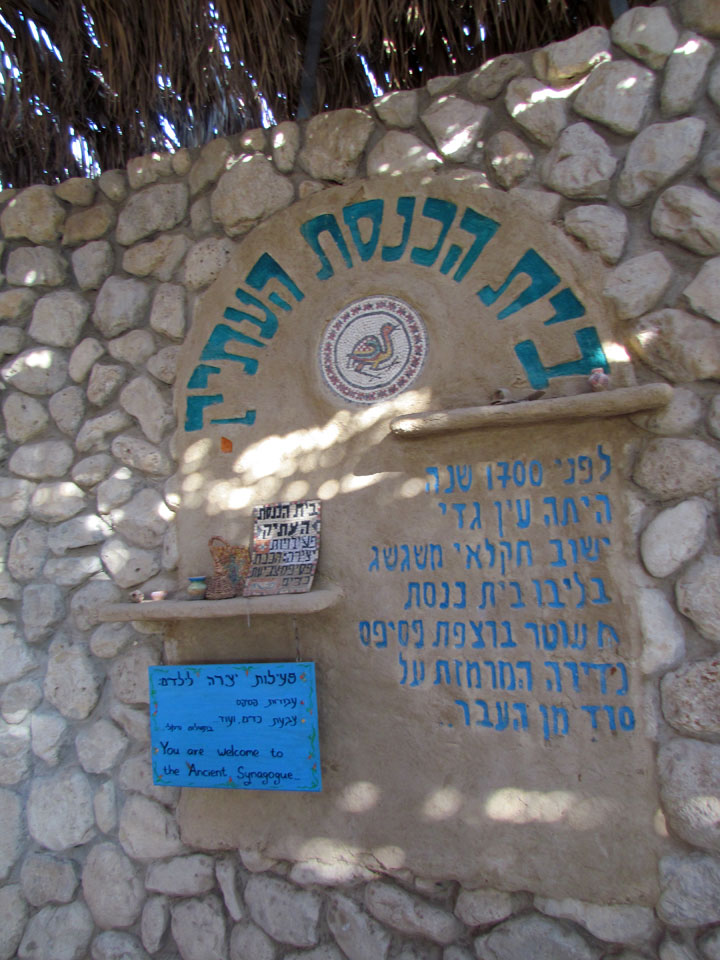
Ein Gedi (Hebrew: עֵין גֶּדִי) is an oasis in Israel, located west of the Dead Sea, near Masada and the caves of Qumran. The name En-gedi is composed of two Hebrew words: ein means spring and gdi means goat-kid. En Gedi thus means "Kid spring."
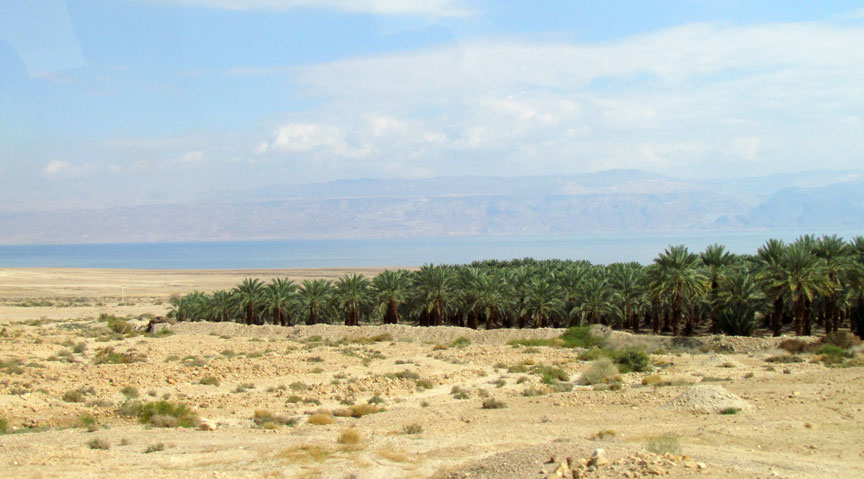
an oasis by irrigation
In the 2 Chronicles 20:2 it is identified with Hazazon-tamar, where the Moabites and Ammonites gathered in order to fight Josaphat. In Genesis 14:7 Hazazon-tamar is mentioned as being a Amorite city, smitten by Chedorlaomer in his war against the cities of the plain.
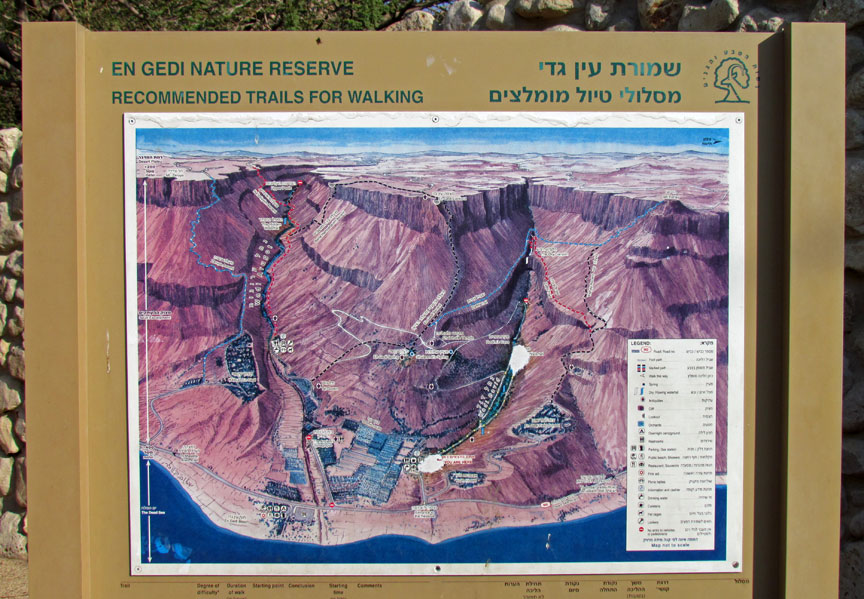
Nature Reserve
In Joshua 15:62, Ein Gedi is enumerated among the cities of the Tribe of Judah in the desert Betharaba, but Ezekiel 47:10 shows that it was also a fisherman's town. Later, King David hides in the desert of En Gedi (1 Samuel 24:1-2) and King Saul seeks him "even upon the most craggy rocks, which are accessible only to wild goats" (1 Samuel 24:3).
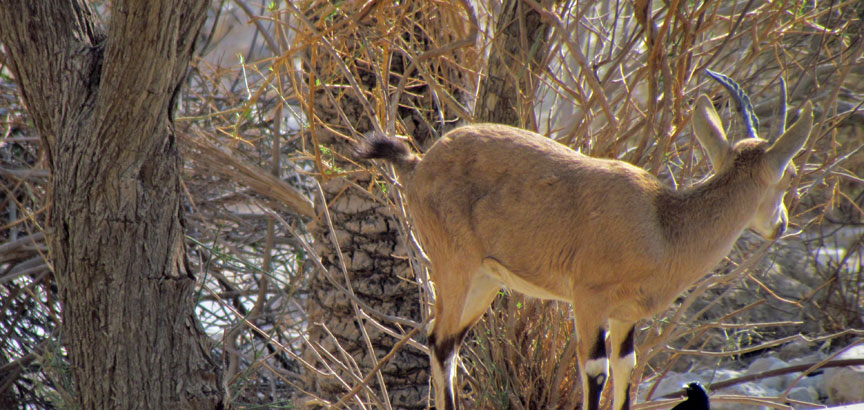
Ibex
The Song of Songs (Songs 1:14) speaks of the "vineyards of En Gedi"; the words, "I was exalted like a palm tree in Cades" (’en aígialoîs), which occur in Ecclesiasticus 24:18, may perhaps be understood of the palm trees of Ein Gedi.
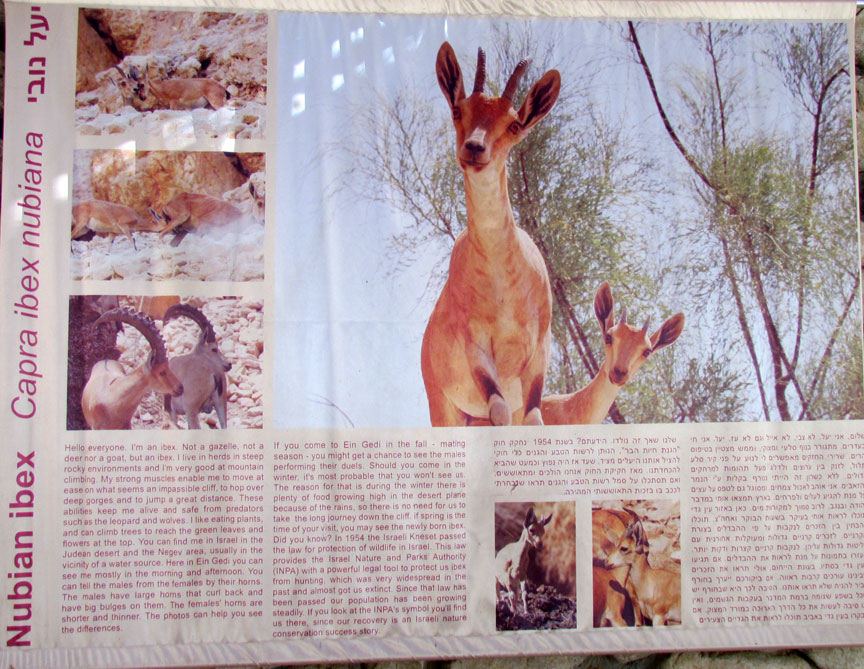
The indigenous Jewish town of Ein Gedi was an important source of balsam for the
Greco-Roman world until its destruction by Byzantine emperor Justinian as part
of his persecution of the Jews in his realm. A synagogue mosaic remains from Ein
Gedi's heyday, including a Judeo-Aramaic inscription warning inhabitants against
"revealing the town's secret" – possibly the methods for extraction and
preparation of the much-prized balsam resin, though not stated outright in the
inscription – to the outside world.
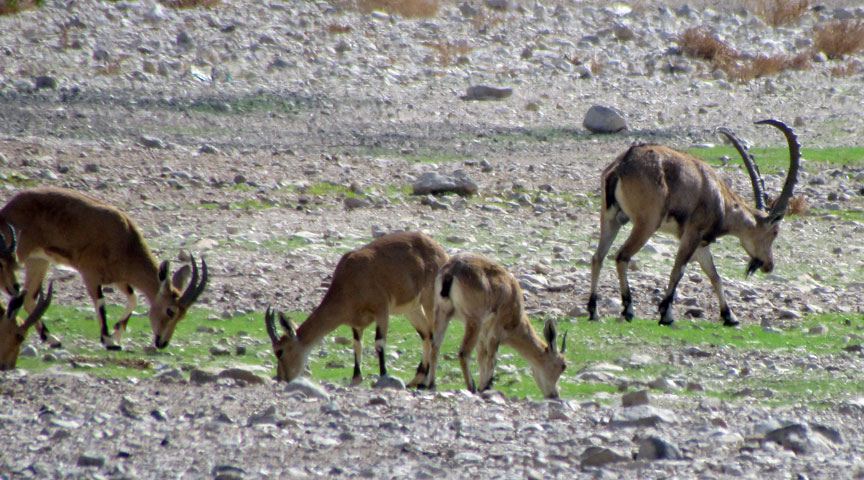
In April 1848, Lieutenant William Francis Lynch led an American expedition down
the Jordan River into the Dead Sea, that stopped at En Gedi (Ain Jidy).
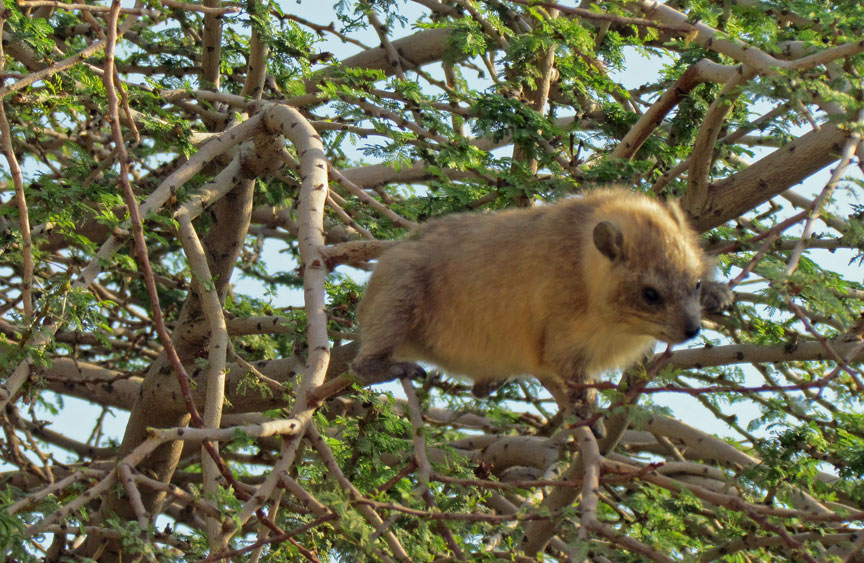
Ein Gedi nature reserve was declared in 1971 and is one of the most important
reserves in Israel. The park is situated on the eastern border of the Judean
Desert, on the Dead Sea coast, and covers an area of 14000 dunams. The elevation
of the land ranges from the level of the Dead Sea at 423 meters (1,388 ft) below
sea level to the plateau of the Judean Desert at 200 meters above sea level. Ein
Gedi nature reserve includes two spring-fed streams with flowing water
year-round: Nahal David and Nahal Arugot. Two other springs, the Shulamit and
Ein Gedi springs, also flow in the reserve. Together, the springs generate
approximately three million cubic meters of water per year. Much of the water is
used for agriculture or is bottled for consumption. The reserve is a sanctuary
for many types of plant, bird and animal species. The vegetation includes plants
and trees from the tropical, desert, Mediterranean, and steppian regions, such
as Sodom apple, acacia, jujube, and poplar. The many species of resident birds
are supplemented by over 200 additional species during the migration periods in
the spring and fall. Mammal species include the ibex and the hyrax. In the
summer of 2005, nearly two-thirds of the oasis burned to the ground after a
visitor dropped a lit cigarette.
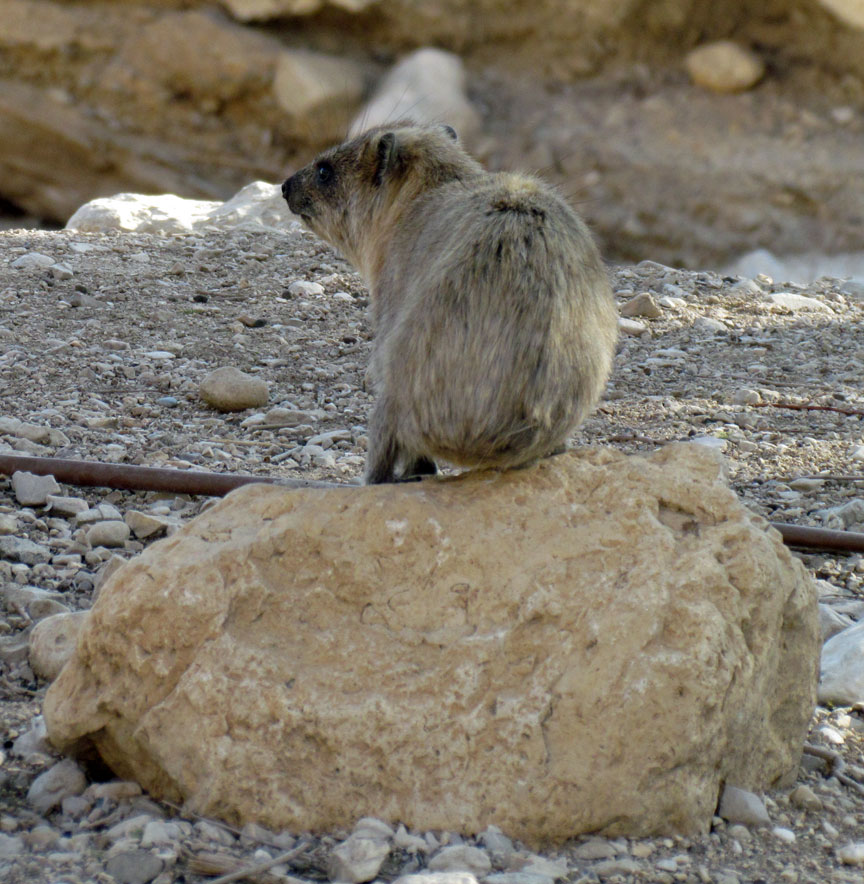
The Ein Gedi national park features several archaeological sites including the
Chalcolithic Temple of Ein Gedi and a first century CE village. The park was
declared in 2002 and covers an area of 8 dunams.
Text from Wikipedia
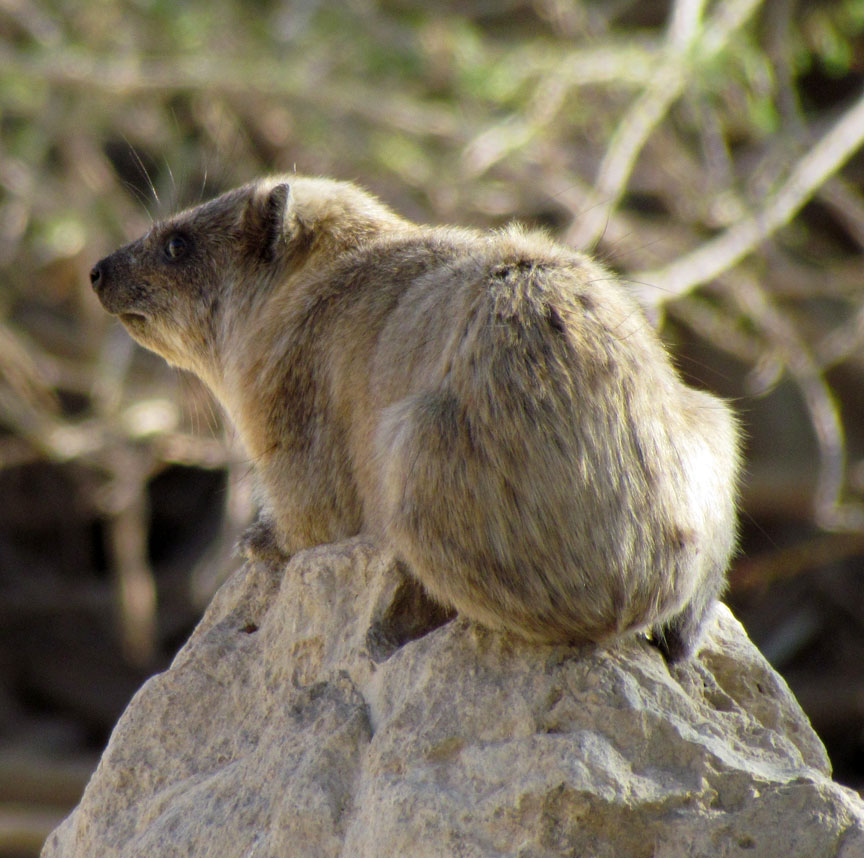
Rock Hyrex
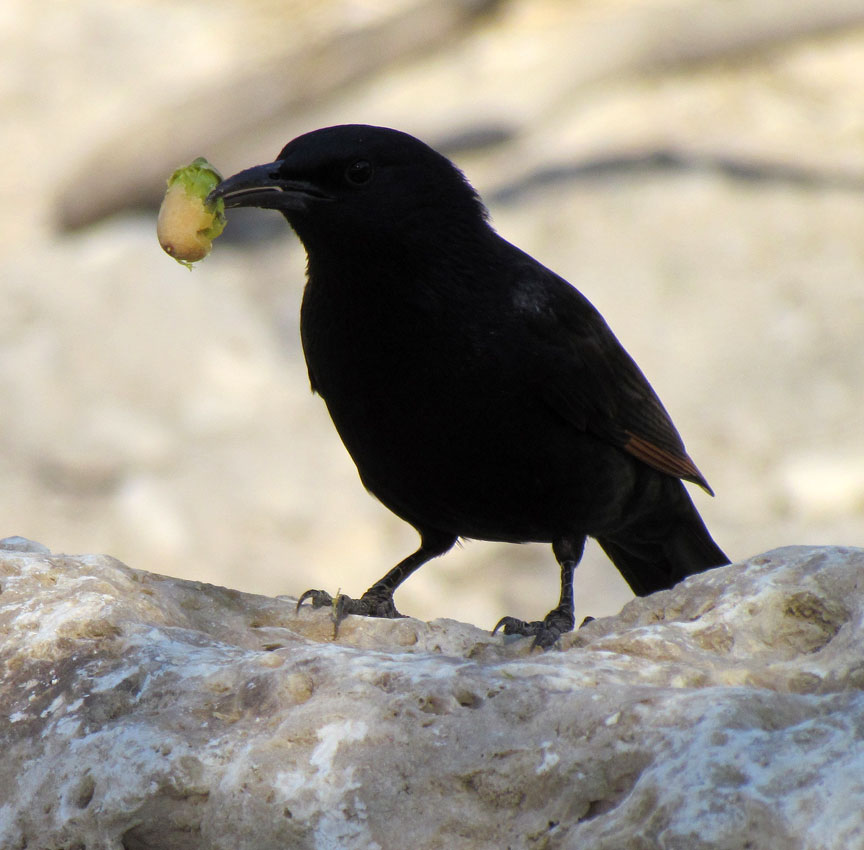
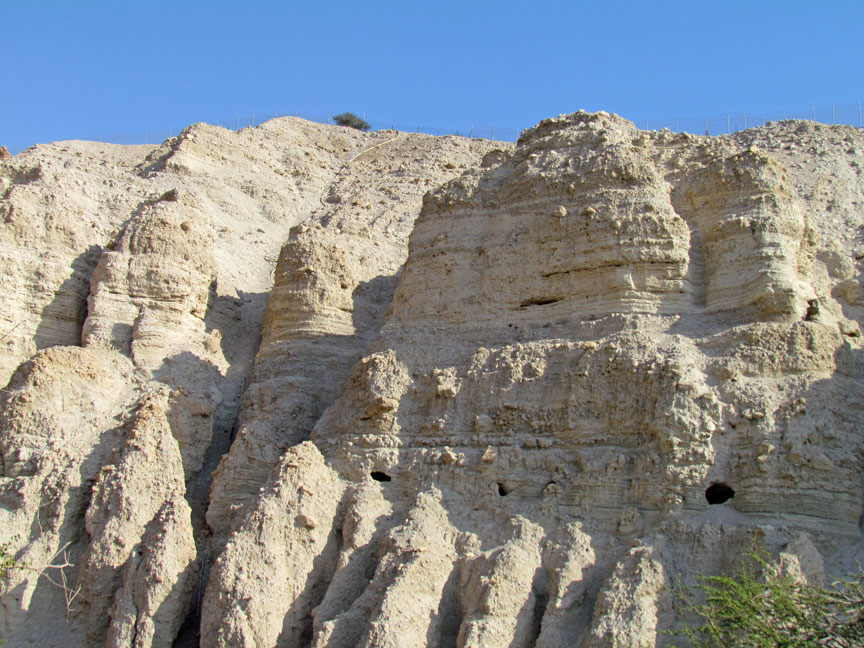
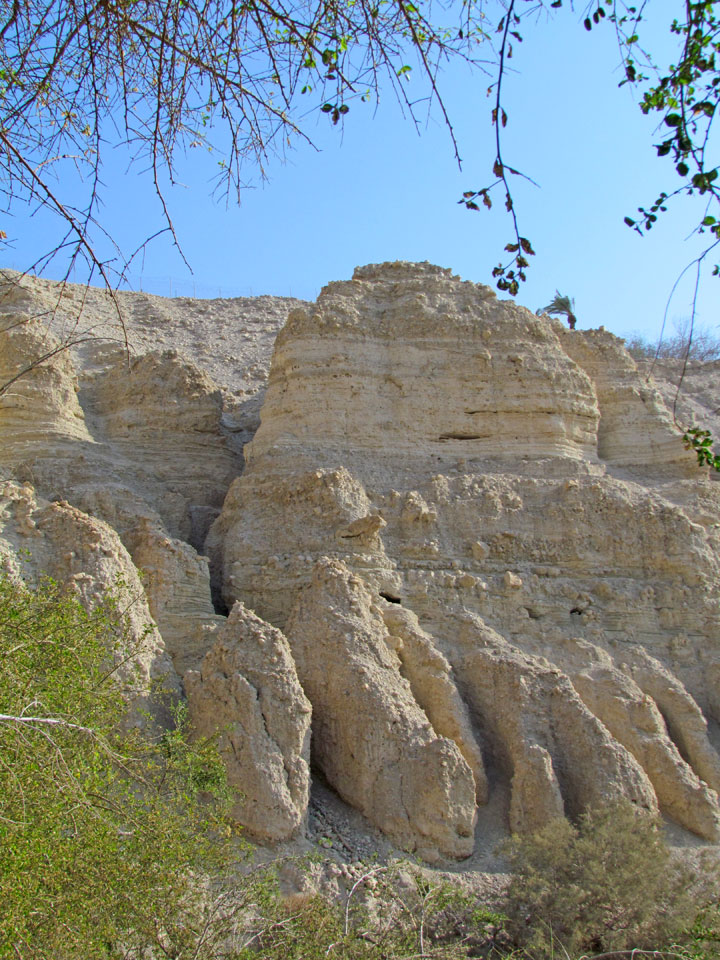
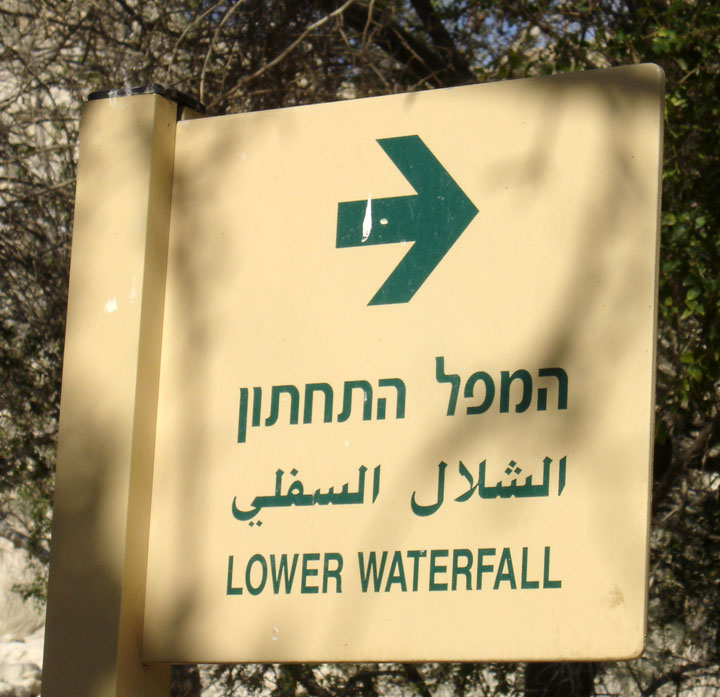

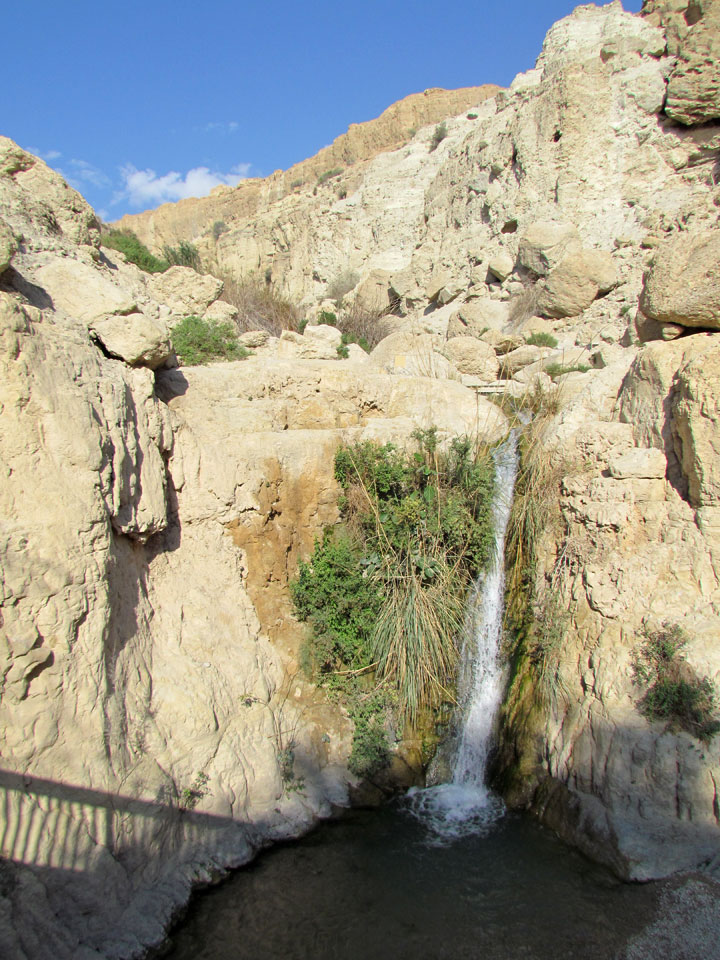
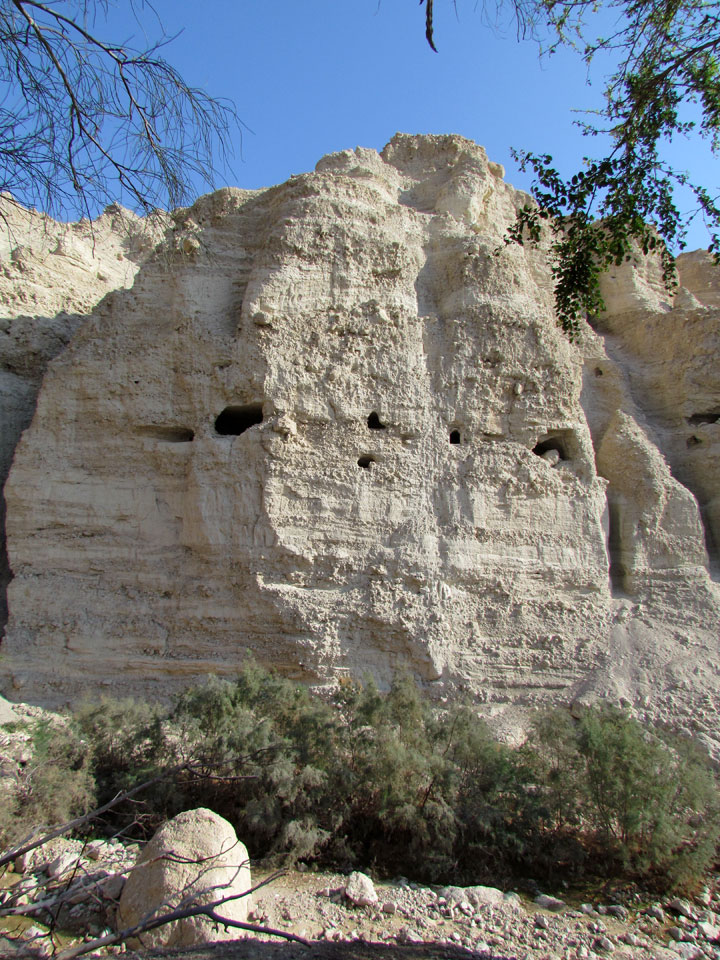
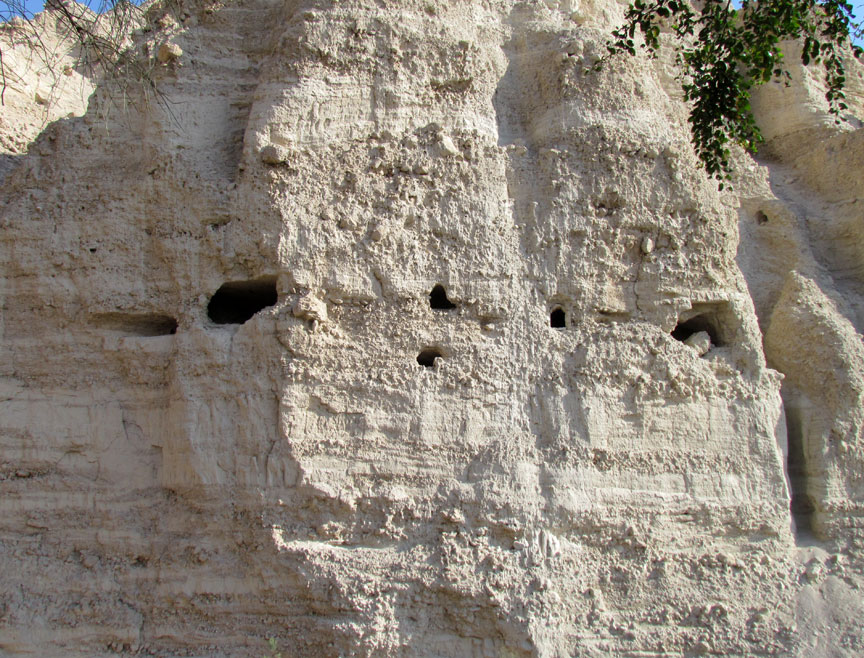
caves like those where the Dean Sea Scrolls were hidden
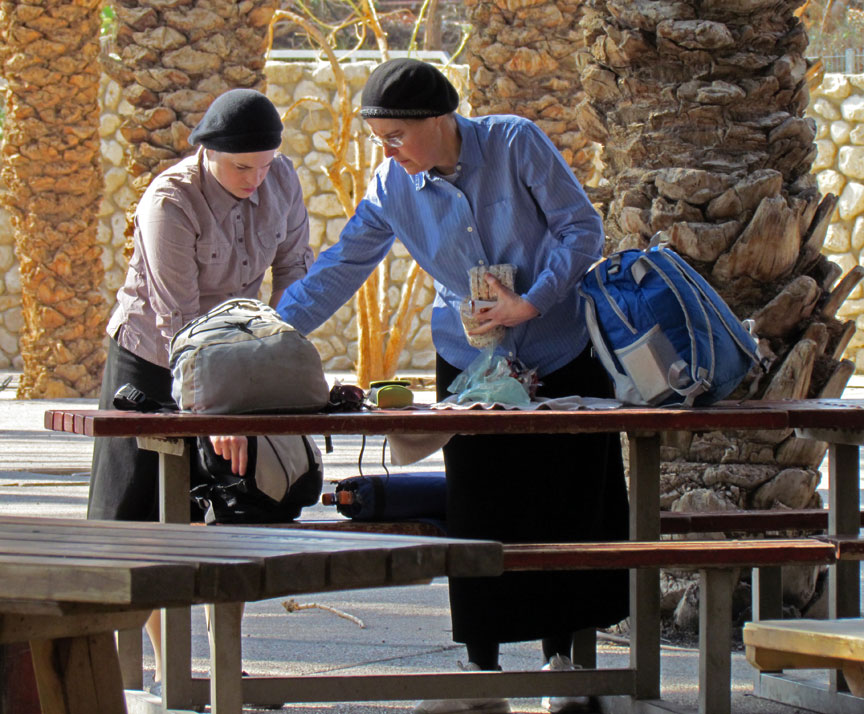
picnic